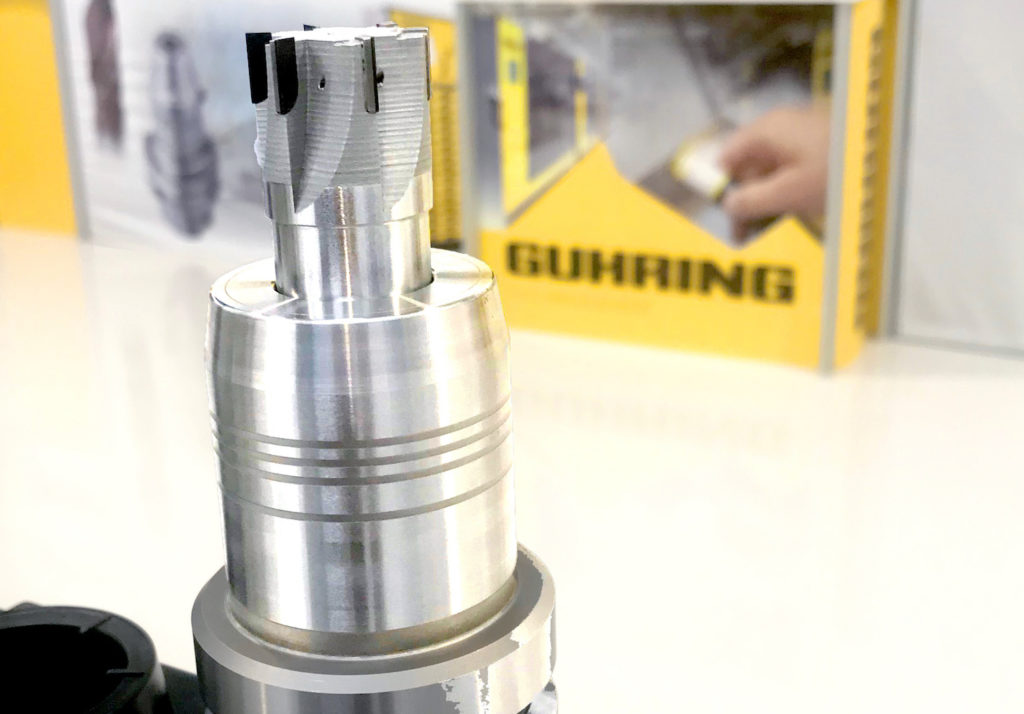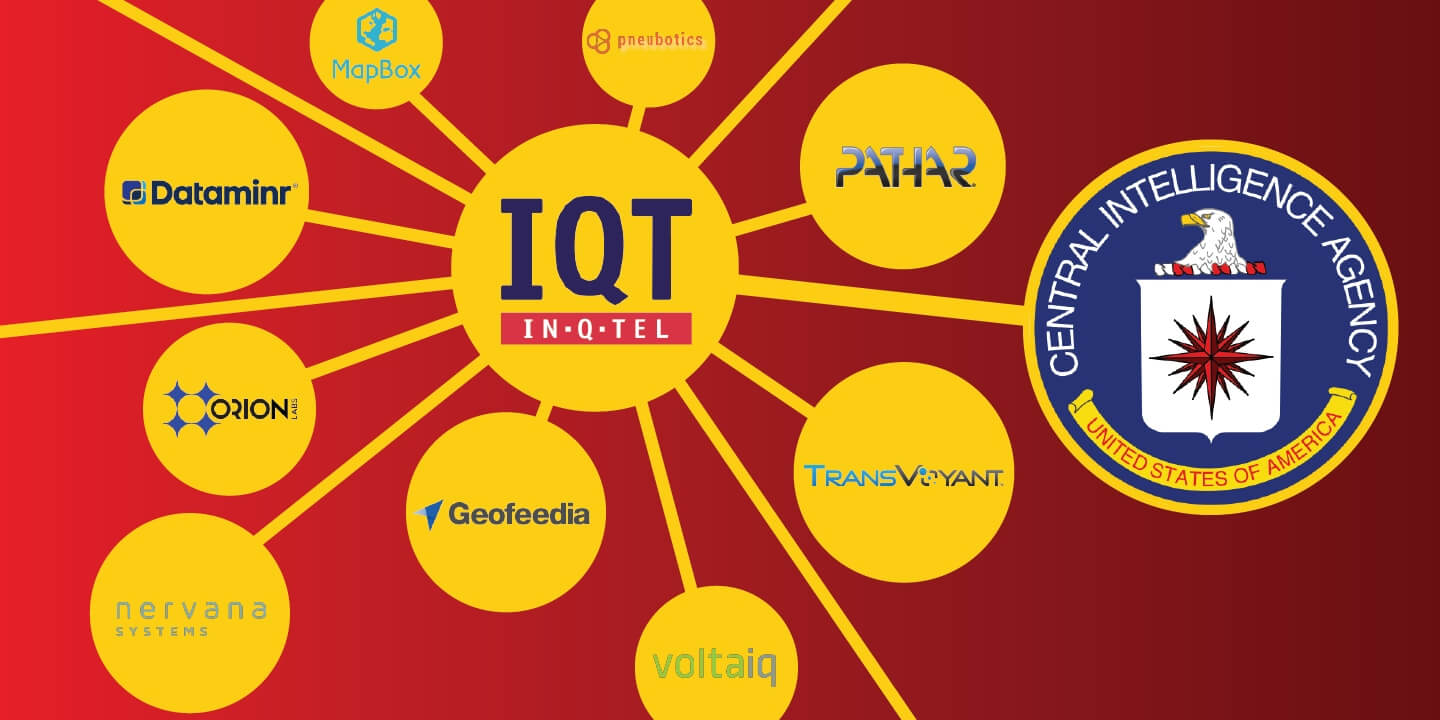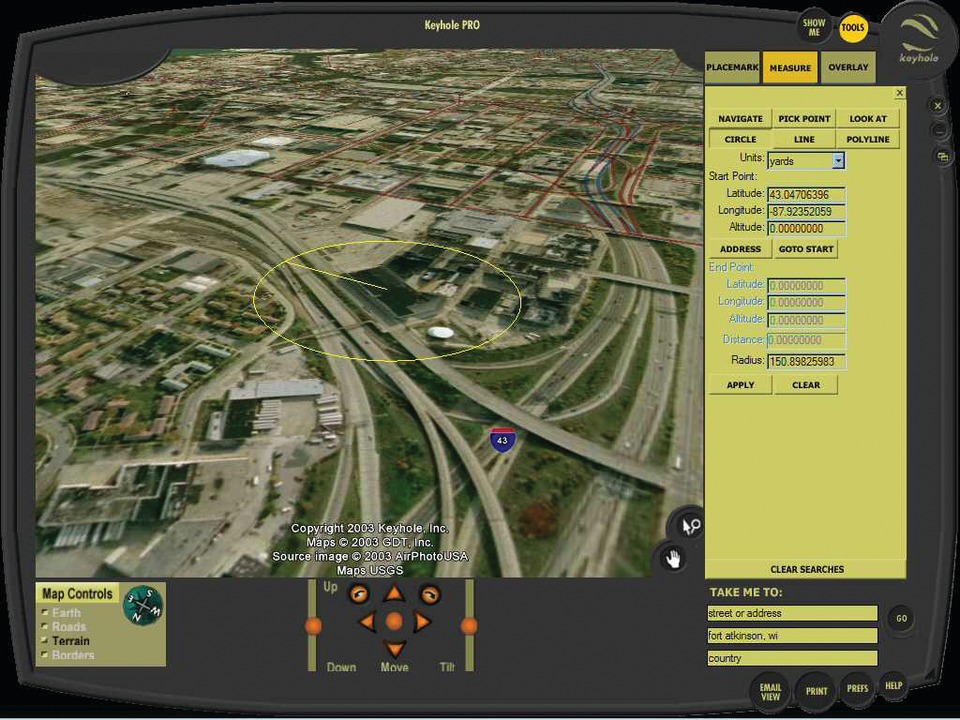Markforged receives undisclosed investment from military-supporting nonprofit
CIA’s In-Q-Tel Invests in Markforged
Boston-based startup Markforged is growing rapidly, pulling in a whopping $82 million investment in March 2019. Now, the 3D printer manufacturer is getting some additional funds, though this time the amount won’t be disclosed because it comes from the highly secretive In-Q-Tel, Inc., the venture capital arm of the CIA.
Markforged announced that is has signed a strategic investment agreement with In-Q-Tel. The investment company, launched by the CIA in 1999, is involved with (sometimes controversial) projects across the government intelligence and security community. As we discussed in our series on In-Q-Tel, the company does not usually make public how much it invests in startups nor the specific role that it plays with those firms in which it invests.
However, our research suggested that average funds range between $500,000 to $3 million in exchange for equity in the company and an advisory role on the startup’s board. This allows In-Q-Tel to potentially guide product development and learn of any news before the public does.

Quincy Reynolds with the Metal X 3D printer at Camp Kinser in Okinawa, Japan. Image courtesy of Matthew M. Burke/Stars and Stripes.
While Markforged has seen its technology deployed across a variety of industrial sectors, its low-cost metal 3D printing and fiber reinforcement systems have had strong success in the military and weapons sectors. According to the company, the U.S. military has hundreds of Markforged machines in operation, including the “first forward-deployed metal system to support combat operations and now has expanded its support operations to three continents.”
Given the sheer size of the U.S. military, it has funds to explore a wide range of 3D printing applications. Specifically, the III Marine Expeditionary Force is using the Metal X 3D printer as part of its repair services for U.S. occupation in the Asia-Pacific region. Having already worked with the U.S. military, then, it seems natural that Markforged would accept an investment from In-Q-Tel.
In-Q-Tel’s interest in Markforged also seems natural, as the investment vehicle has already provided funds for other startups in the space, including Voxel8, Fuel3D and Arevo. In particular, Arevo develops continuous carbon fiber 3D printing technology, though of a different variety than Markforged’s. Whereas Markforged has so far only released desktop-sized systems capable of continuous fiber reinforcement 3D printing, Arevo is focused on machines capable of printing entire bicycle frames. Moreover, Arevo uses a laser-mounted robotic arm to deposit pre-impregnated fiber reinforcement, while the Markforged process is more akin to traditional desktop FDM/FFF 3D printing.

Guhring UK’s 3D-printed metal tools have been sent to customers for testing new concepts. Image courtesy of Markforged.
The news comes on the heels of other exciting stories from Markforged, that include the recent release of pure copper for Metal X and the use of Metal X for 3D printing custom cutting tools for Guhring UK. At the beginning of February, Markforged became the first and, so far, only AM company to receive the ISO/IEC 27001 security certification, international standards signifying the ability of the company to ensure privacy, confidentiality, integrity, and availability across its product line. This includes its Eiger cloud printing platform, hardware, fleet management software, and information governance policies. Surely the startup was pursuing the certification ahead of its investment by In-Q-Tel, but it likely doesn’t hurt any interest the U.S. intelligence community might have had in Markforged.
The post CIA’s In-Q-Tel Invests in Markforged appeared first on 3DPrint.com | The Voice of 3D Printing / Additive Manufacturing.
In-Q-Tel and 3D Printing, Part 1: What’s In-Q-Tel?
So far, a venture capital company called In-Q-Tel has invested in three startups within the 3D printing and scanning space: Voxel8, Arevo, and Fuel3D. If you don’t recognize the name In-Q-Tel, you might recognize its parent organization, the Central Intelligence Agency (CIA), known for torture, domestic surveillance, extrajudicial killings and attempts at mind control. Given the CIA’s controversial history and present, the fact that the U.S. spy unit is involved in venture capital may raise a few eyebrows.

A 3D-printed antenna made by the MITRE Corporation using Voxel8’s electronics 3D printer. Image courtesy of Voxel8.
Those immersed in the world of startups are more than familiar with the idea of venture capital firms, which seek out investors to join them in contributing capital to new businesses in exchange for a chunk of ownership and a seat on the board. The idea that the CIA has one may be a bit less familiar.
What does the world’s most known spy agency want with tech startups? Or, really, how does the CIA’s venture capital arm even work? And what does an investment from In-Q-Tel mean for those companies that receive it?
The business of investment is nothing new to the CIA. After all, it was established by a group of Wall Street lawyers and bankers led by Allen Dulles. In-Q-Tel was a sort of 90’s take on the spy agency’s relationship with capital. Established in 1999, In-Q-Tel was created as a means of extending the CIA’s R&D efforts into the private sector even further. With the dot-com bubble that saw to the rise of Silicon Valley, the spy organization suggested that it might be falling behind in terms of maintaining an edge in technological development, specifically with regard to the then-booming information technology sector.
According to one CIA official, “the CIA did not, and could not, compete for IT innovation and talent with the same speed and agility that those in the commercial marketplace, whose businesses are driven by ‘Internet time’ and profit, could.” Dr. Ruth David, who was the head of the Directorate of Science and Technology for the CIA at the time, proposed the idea of outsourcing some of the agency’s R&D to the private sector. George Tenet, Director of Central Intelligence at the time, was inspired to establish In-Q-Tel, the U.S.’s first government venture capital company.

Image courtesy of mattermark, which lists 106 of In-Q-Tel’s startups and investment partners.
The venture capital firm is legally distinct from the CIA and links to the organization via an office within the CIA called the In-Q-Tel Interface Center (QIC). QIC relays unclassified problems the spy agency wishes to address to In-Q-Tel, who then look for startups with possible technological solutions.
Generally speaking, the goal of venture capital firms is to make a company valuable enough that it can be purchased by a larger corporation or go public at a price much greater than the capital investment. This raises the question of how the U.S. government via In-Q-Tel would be involved in such a financial arrangement. The Business Executives for National Security, which wrote up a report on In-Q-Tel in 2001, described it by saying it was “most analogous to a corporate strategic venture capital entity—like those maintained by major technology firms.”
In-Q-Tel receives annual investment capital from the CIA’s budget for the Directorate of Science and Technology. The most recent figure that we can find is about $37 million in 2005, but the budget is classified and In-Q-Tel may have access to even more of the CIA’s multibillion dollar annual funding.
According to Spies for Hire: The Secret World of Intelligence Outsourcing, In-Q-Tel contributes between $500,000 and $3 million toward a promising startup. 15 to 20 percent of that investment is used to establish equity in the company. In-Q-Tel then takes on an advisory role sitting on the startup’s board. This not only allows the venture firm to guide product development, but also allows In-Q-Tel, and therefore the CIA, to learn of any news before anyone else does.
As a not-for-profit company, profits made from investments are put back into In-Q-Tel, including new projects as well as compensation for In-Q-Tel employees. About 20 to 40 percent of an employee’s salary is put into a fund. According to a paper on the venture capital firm in Northwestern Journal of International Law & Business, “for every three dollars In-Q-Tel invests, one dollar from the employee fund is also invested.” In 2005, former video game designer and In-Q-Tel CEO Gilman Louie said that the firm was obtaining returns of 26 percent.
According to CrunchBase News, In-Q-Tel managed $327 million in net assets in 2014, while its CEO earned $1.5 million annually with $276,000 in additional compensation at the time. $120 million of the firm’s dollars are held in publicly traded securities, while $132 million were held in warrants.
Though In-Q-Tel remains under the purview of the CIA and the U.S. Congress, the FBI, NSA and Department of Homeland Security have also been utilizing the venture capital firm for their own investments. We can’t know exactly what In-Q-Tel has gotten out of its investments, in terms of technology, nor can we know how much has been poured into each startup.
We can know some of the over-167 businesses In-Q-Tel has invested in and the sorts of technologies they produce. The tech ranges from software and biotech to sensors and data centers. Some of the most notable startups that In-Q-Tel has had a role in are KeyHole Inc, which went on to serve the basis for Google Earth, as well as Palantir, the Peter Thiel-founded company that has linked intelligence databases and was under fire for its role in deportations Immigration and Customs Enforcement (ICE) Agency.
But what could In-Q-Tel want with 3D printing and 3D scanning technology? In part two of this series, we will take a closer look.
The post In-Q-Tel and 3D Printing, Part 1: What’s In-Q-Tel? appeared first on 3DPrint.com | The Voice of 3D Printing / Additive Manufacturing.

